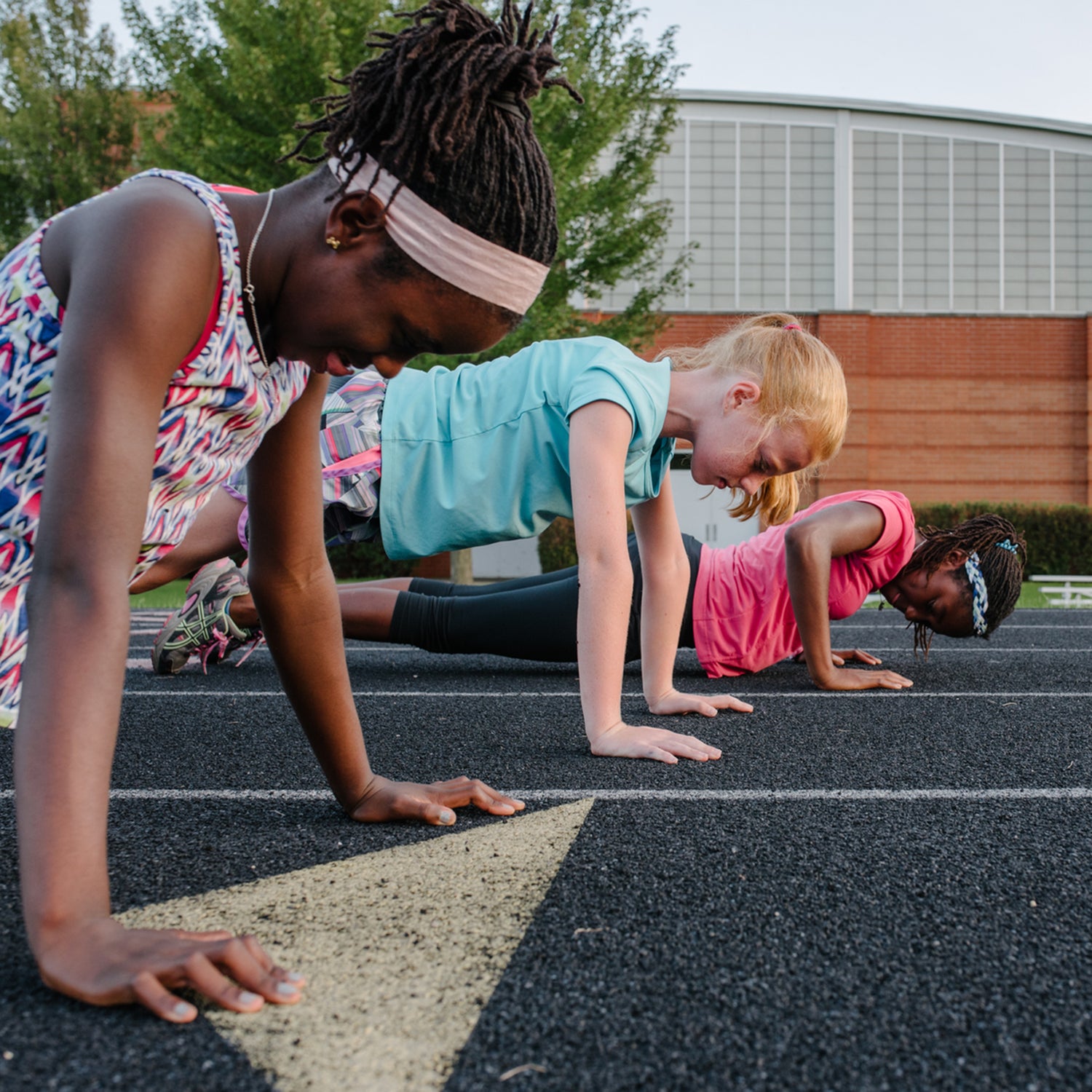Last year, when I decided to get my 11-year-old son a fitness tracker, it didnÔÇÖt involve a lot of careful deliberation. The truth is, ║┌┴¤│ď╣¤═° (my former place of employment) was hosting its annual outdoor-gear giveaway for staffers, and,╠řin a rare moment of selflessness, I╠řdecided IÔÇÖd nab something for him instead of stuffing yet another menÔÇÖs large ski jacket into my swag bag. I chose a , a full-featured wearable that I figured he could happily nerd out on in his idle time. Two weeks later, the watch was only logging neglect, stashed on his desk right next to a dead bonsai tree and a weekly planner that didnÔÇÖt appear to have been used in months.
Looking back now, perhaps I was fortunate. You can spend anywhere from $50 to $500 on one of these nifty little devices for your kids this holiday season, and itÔÇÖs highly likely theyÔÇÖll grow bored of it just as quickly as my son did. ThatÔÇÖs a costly mistake, Santa. WhatÔÇÖs more, what if your kid actually loves the thing? As I discovered recently, while researching this story, choosing to place a smartwatch on a childÔÇÖs wrist is a more fraught decision than I imagined. ThereÔÇÖs no question that these gadgets can be great for encouraging children to stay active. There are also some surprising downsides, ones much worse than simply finding your marquee holiday purchase among the pile of forgotten gifts on a╠řdusty corner of their desk.
Fitness trackers, everything from simple step counters to the latest version of the Apple Watch, are big businessÔÇöa $30 billion market in 2019, .╠řThe category is expected to be worth more than $90 billion by 2027. It was a growth industry before COVID hit, but the global pandemic has only pushed for the devices higher. Since youÔÇÖre an ║┌┴¤│ď╣¤═° reader, IÔÇÖm guessing thereÔÇÖs a good chance that youÔÇÖre one of nearly who used a wearable device last year.
Affluent adults (, about 31 percent of U.S. adults) and people ╠řstill make up the largest groups of users. However, companies are increasing their push to target╠řyounger users. Garmin is one of the OGs in this field, having introduced the Vivofit Jr. in 2016. Fitbit rolled out the Ace 2 last year, an updated version of the stripped-down wristband that debuted in 2018 that it markets for ages six╠řand up. And while Apple doesnÔÇÖt position its smartwatch for kids, I know I canÔÇÖt be the only parent out there who has had to laugh off their childÔÇÖs request for the new $300 Series 6.
When you see the sales pitches for the youth-targeted devices, itÔÇÖs easy to think╠řtheyÔÇÖre╠řbeing put out there for the greater social good. The global childhood-obesity epidemic gets top billing in FitbitÔÇÖs for the Ace 2. A for the Vivofit Jr. delivers a similar messageÔÇöwhile looking and sounding exactly like the upbeat, inspirational commercials weÔÇÖre used to seeing for everything from rowing machines to yoga pants.
The selling point isnÔÇÖt entirely off base: the monitoring devices get children moving, whether theyÔÇÖre being motivated by the games and rewards on the tracker╠řor by a parent behind the scenes using the information to push╠řthem to be more active. That said,╠řmore critical assessments of the devices argue that they can take the fun out of play, or that they can be a .╠řA of people in their teens and twenties in the International Journal of Eating Disorders revealed that those who used trackers as a way ÔÇťto manage weight and shape reported higher levels of eating and compulsive exercise psychopathology than those who reported using tools to improve health and fitness.ÔÇŁ
Kids, especially younger ones, are predisposed to be active. The notion of strapping a device to their wrist and forcing them to move feels dystopian, as if weÔÇÖve abandoned the idea╠řthat play is foremost about having fun. Do we really want to turn children into fitness robots╠řmindlessly accruing more and more steps? Then again, in an era when log the recommended one hour of exercise a day, perhaps some tech intervention is warranted.
To help me sort through the debate, I reached out to Dr. Blaise Nemeth, an associate professor and provider at the . The first thing he points out is that fitness trackers are still a relatively new phenomenon, and the research into their effects on children is limited.
Nemeth uses trackers with young people in his pediatric fitness programs, but his focus is on helping kids make a╠řconnection between how much theyÔÇÖre moving and how they feel. Research shows that people feel better and study or work more effectively when they are more active. So at the clinic where he practices, Nemeth uses the devices merely as a feedback tool to teach kids how to recognize the ways they perform differently in school, sports, or work on days when╠řtheyÔÇÖre more active.
Trackers, Nemeth said, can also be useful for busy teenagers. With homework and an ever expanding list of extracurricular commitments, teens often bump exercise down their priority lists. If theyÔÇÖre stressed or having a tough time focusing, a quick-glance prompt from their smartwatch can serve as a reminder to get up and get moving for a bit, even if itÔÇÖs just taking the dog on a walk around the neighborhood.
However, there are some things parents should consider before buying one. ÔÇťIf itÔÇÖs being forced on them, it can create conflict between parents and kids and undermine the objective to have fun moving their bodies,ÔÇŁ says Nemeth. ÔÇťKids tend to use them more when theyÔÇÖre the ones who want them, when theyÔÇÖre the ones in charge of the information. They tend to use them less, and theyÔÇÖre less happy with them, when the parents are in charge of it and parents are in charge of the information.ÔÇŁ
To avoid the potential pitfalls that come with fitness trackers, you have to honestly assess your motivations for buying oneÔÇöand those of the person youÔÇÖre buying it for. Is your kid an anxious type, one who might end up obsessing over the data at the expense of having actual fun? (If they╠řend╠řup pacing the hallways at night to reach their╠řstep count before bedtime, no oneÔÇÖs really benefiting.) If your child is struggling with body-image issues, know that one of these devices could exacerbate that. And while it may be difficult to admit, if youÔÇÖre the kind of parent that tends to hover, own up to it and skip the tracker.
That said, if youÔÇÖre just looking for a fun way to help your kids be more activeÔÇöor make their holiday dreams come trueÔÇöa fitness tracker can still be a good option. Just donÔÇÖt forget your role in all this. Taking the time to share the joy of hiking, running, skiing, basketballÔÇöwhatever outdoor activity you loveÔÇöwith your kids will be way more effective in the long run than a swanky $400 watch.


